GIFs (Graphics Interchange Format)

GRADE 12, TDSB, 2017
“Animated GIFs have transcended their obscure 1990s roots to become a key part of day-to-day digital communication.”
GIFs (Graphics Interchange Format) are a burgeoning art form and pop culture communication tool ubiquitous in contemporary life. What began for me in 2013 as a curiosity about GIFs and an inkling that there were strong connections between this new(ish) media format and my existing media-literacy-focused practice— such as working with found and archival images, manipulating them to tell ones own story, and an emphasis on controlling meaning by framing messages (in this instance through image-order)—has grown to be the focal point of some recent projects, including my current position as Power Youth Artist-in-Residency at The Power Plant Contemporary Art Gallery.
Participants have used collage and digital photography to create emoji-GIFs; found photographs to borrow and build on their meaning for statement-GIFs and experimented with looping, speed and this image format’s unique ability to allow for a moving focal point in an otherwise still photograph, creating mood and driving home a messages in storytelling-GIFs.
Here are a few examples of how GIFs are being explored through these projects.
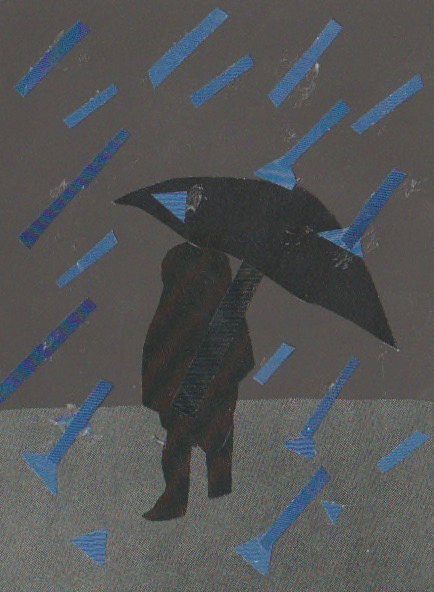
RAINY DAY, GRADE 9, TDSB, 2015
Emoji-GIF
Rainy Day is an emoji-GIF created using only 2 images to represent a feeling. It is a great example of amplifying meaning by simplifying the images and symbols used to represent a concept. The use of the greys in the background and the figure shrouded in shadow really draws you in to a familiar feeling, placing the viewer in the centre of the story. The dramatic diagonal lines of the falling rain are aggressively surrounding the character, which cements its meaning as portrayed through the mood it creates. Either image on its own works as an emoji but the elements of time and movement that GIF formats afford, making the emotion all the more felt by the viewer.

DREAMBOAT, GRADE 12, 2017
Animated photo essay
Dreamboat uses a stock image as inspiration for a photo-essay on the process of a dream realized. It also uses sequence in meaningful ways: Imagine the image-order reversed and the meaning is changed, imagine them reordered and the meaning is lost.

SECRET REVEALED, GRADE 10, TDSB, 2017
Using sequence to tell a story
In Secret Revealed we see a sequence of images that first present one thing (a happy young woman) only to reveal a different reality in the last still, much like a short story with a twist at the end. This GIF has a clear beginning and end and actually does not require the imaging-loop of a GIF to be effective.

GOOD 'TILL THE LAST DROP, GRADE 12, 2017
Motion photography
In Good 'Till the Last Drop, a GIF's ability to create movement in just one element of a photograph is used to it's full potential to tell the story of plastic through a rotting apple core. Sequence, movement and juxtaposition are all used brilliantly here, allowing for a powerful statement about organic versus non-biodegradable materials and their relationship to the earth, each other and time.
If you like and even use GIFs made available through messaging platforms, have you ever made yourself?
Student and Participant Work
Click on an image to view. Hover over the bottom of image to see grades, schools and years works were created.
Students seeing their work below are invited to add their name or a title to their work, or to give permission for showing works that include their face(s), by contacting me here
PLEASE NOTE: These workshops and projects of this nature are ongoing and as such this blog post may be updated with new works and/or modified to highlight new examples. Come back again to see what's new!
Works of collage that use visual metaphor and puns; reflect lived-experiences; express individuality and share stories of personal growth and vision.
Media are reflections of culture. Like the gears inside a machine, culture drives the meaning of messages we see reflected in media. Culture jamming is to throw a wrench into those gears...
Participants produce and install works that disrupt and highlight our relationship with space and invite audiences to interact with familiar places in new ways.
As an Artist in the Library in the Fall of 2016, I had the pleasure of working with Cedarbrae Library’s Scarborough community members to explore the power of map-making as a communication tool.
These 5 docs offer a great overview of many key concepts of media literacy. Use them to spark debate or inspire a media project in the classroom!
Who the #$&% is Jackson Pollock? is a delightful little documentary that exposes the pompous nature of the art world, how it prices art works and constructs value.


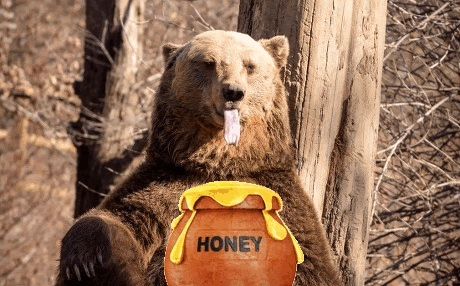





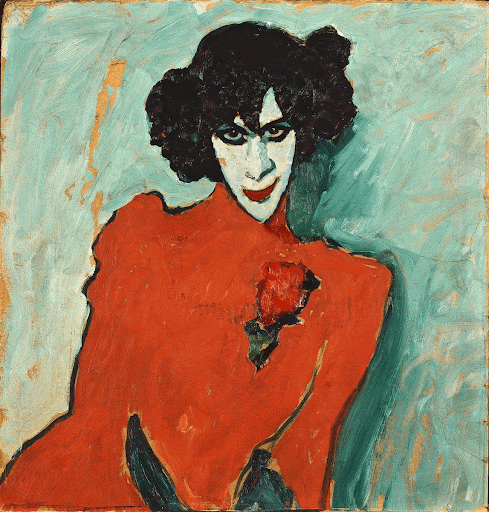












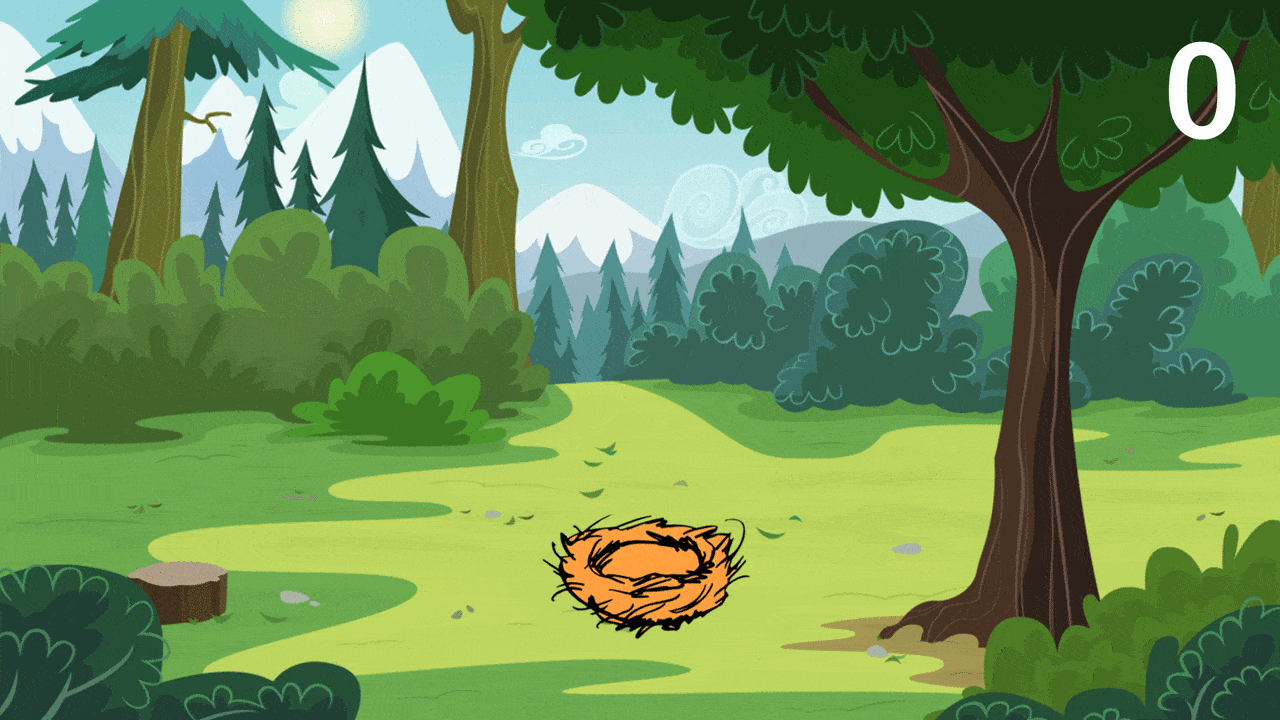

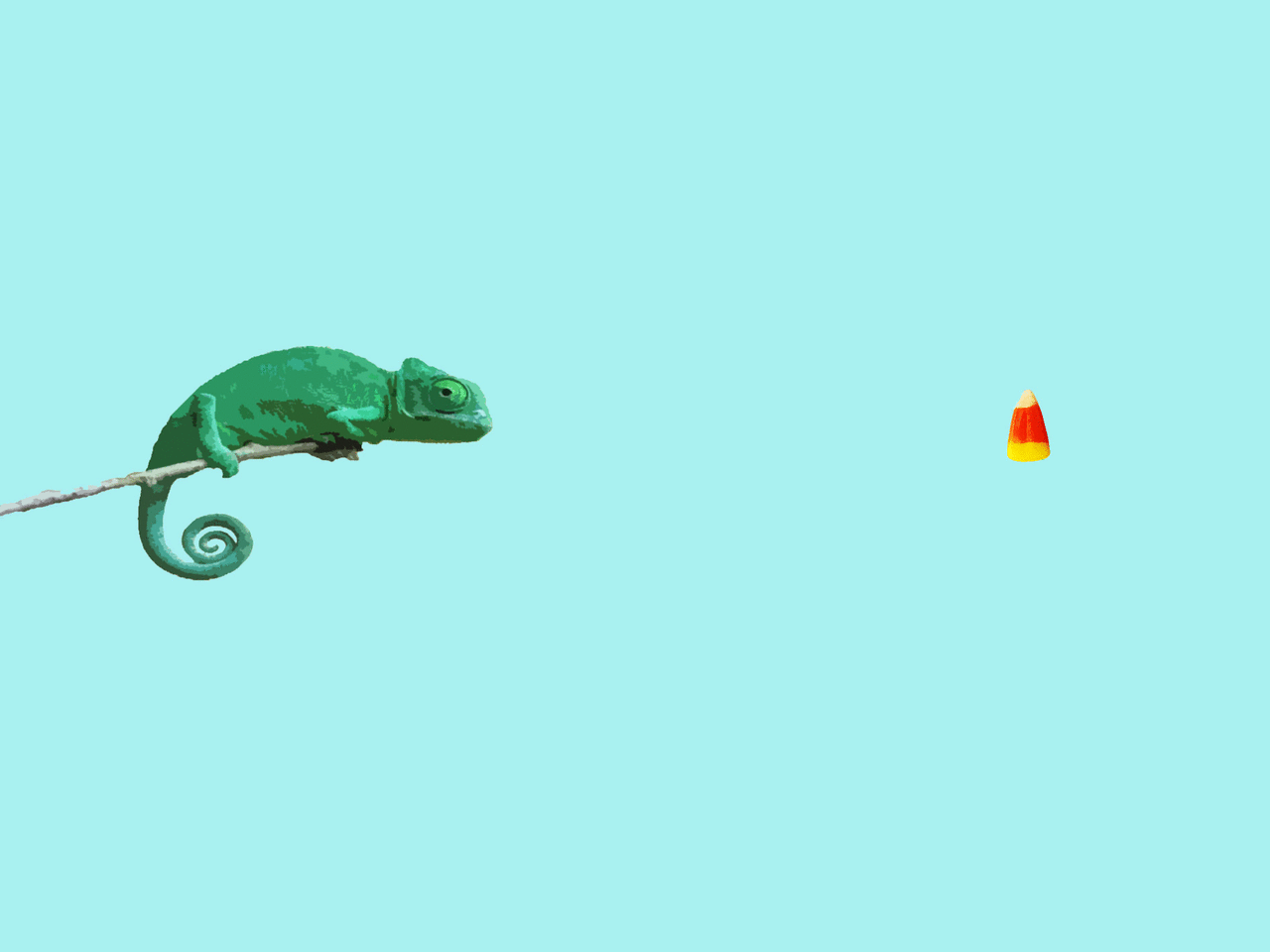





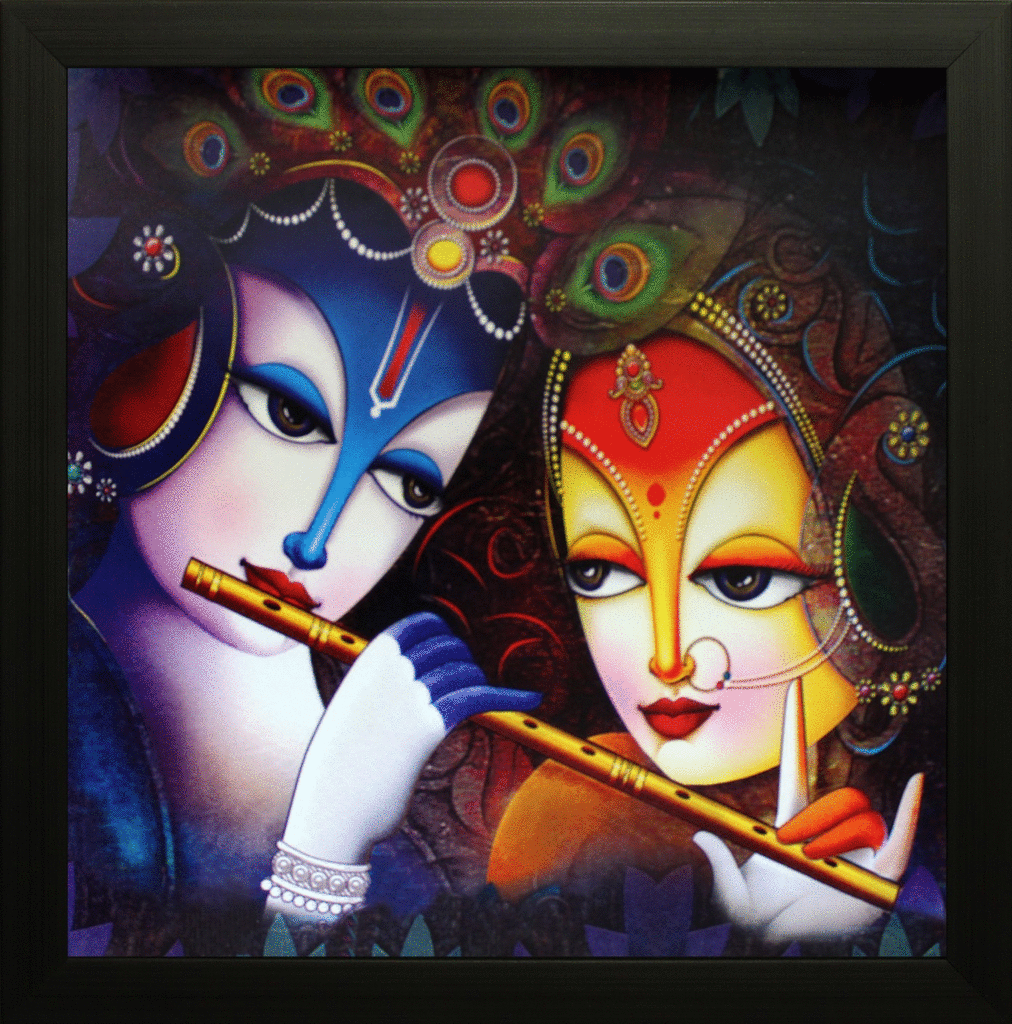

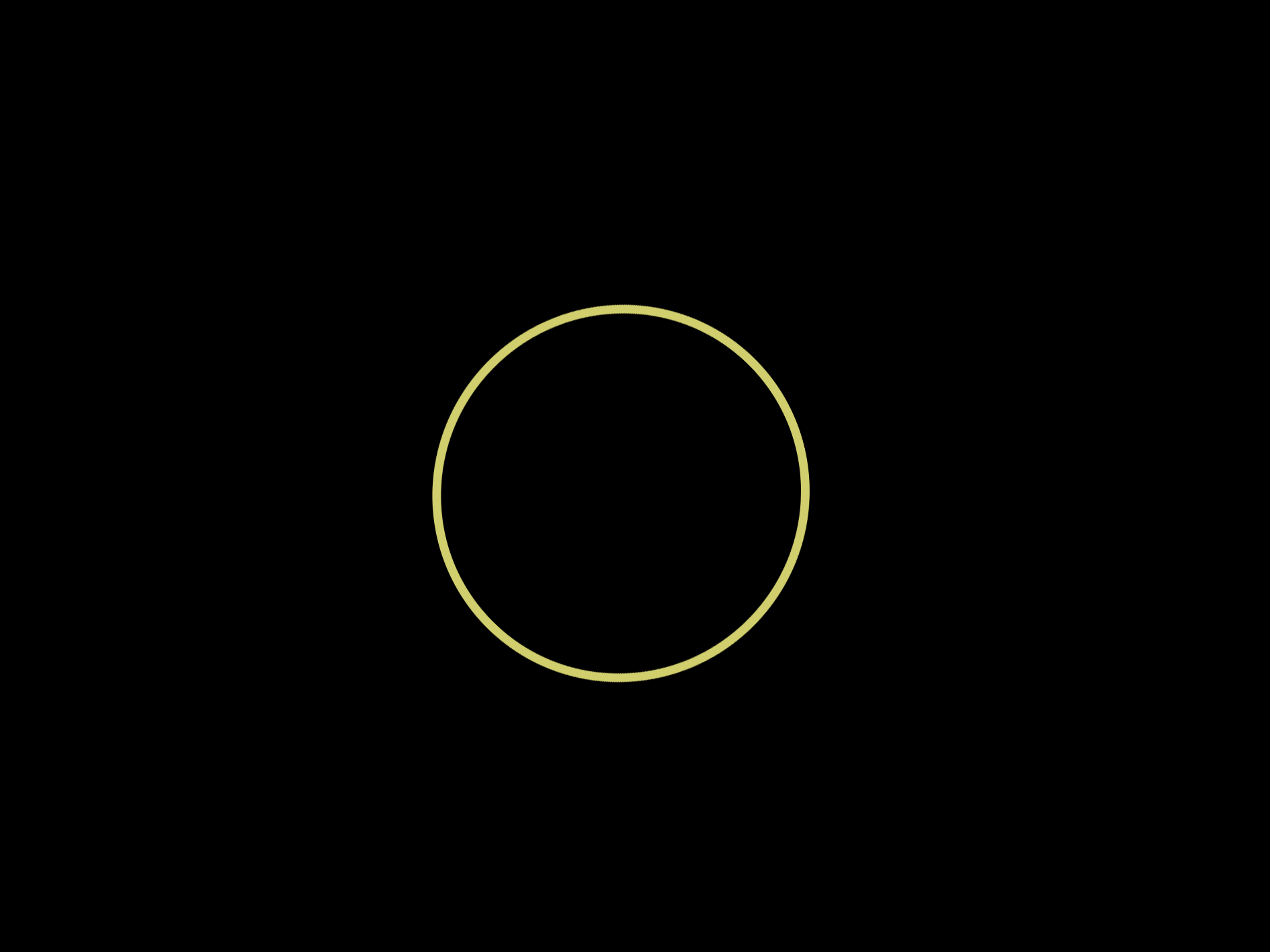



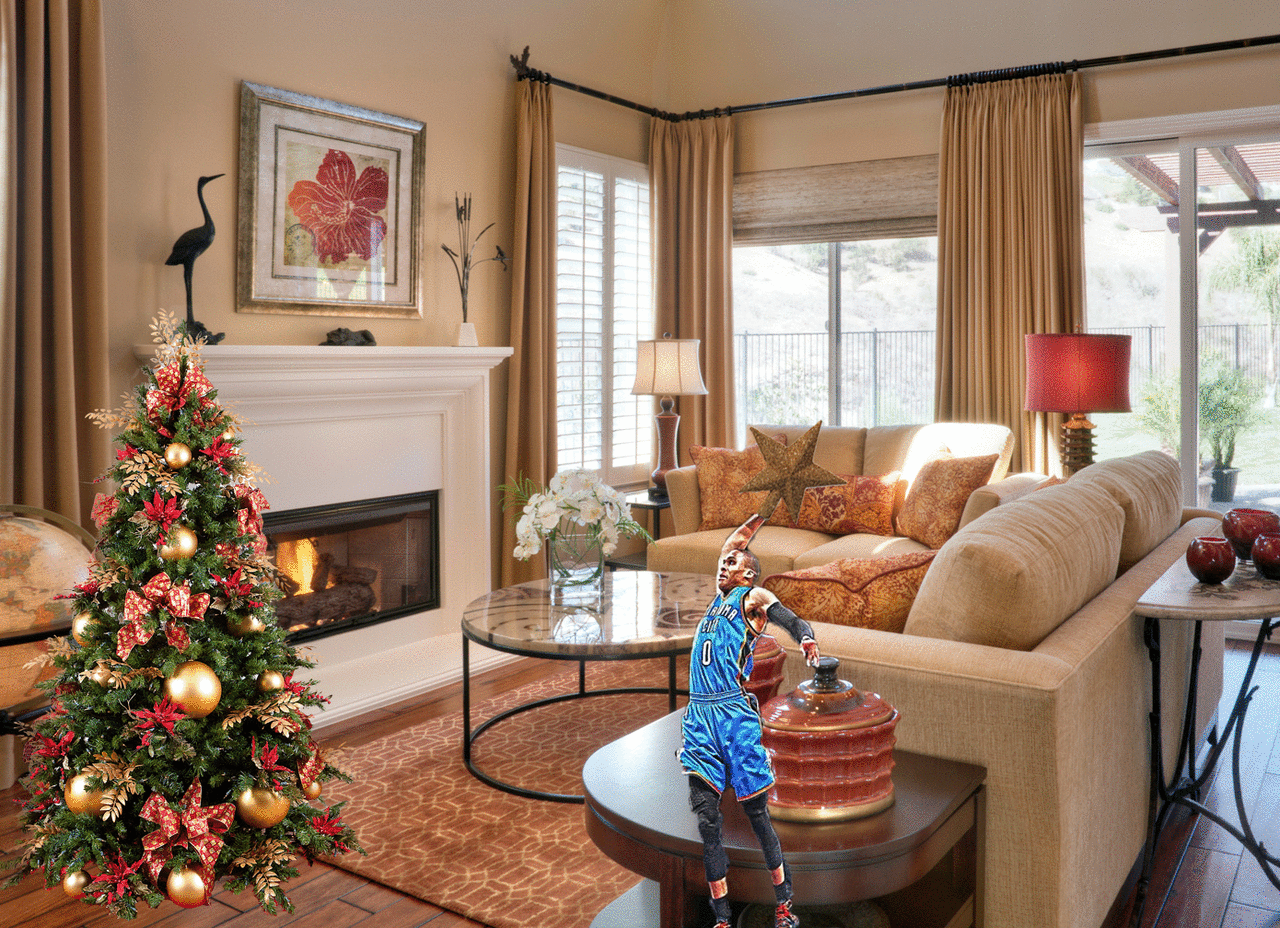

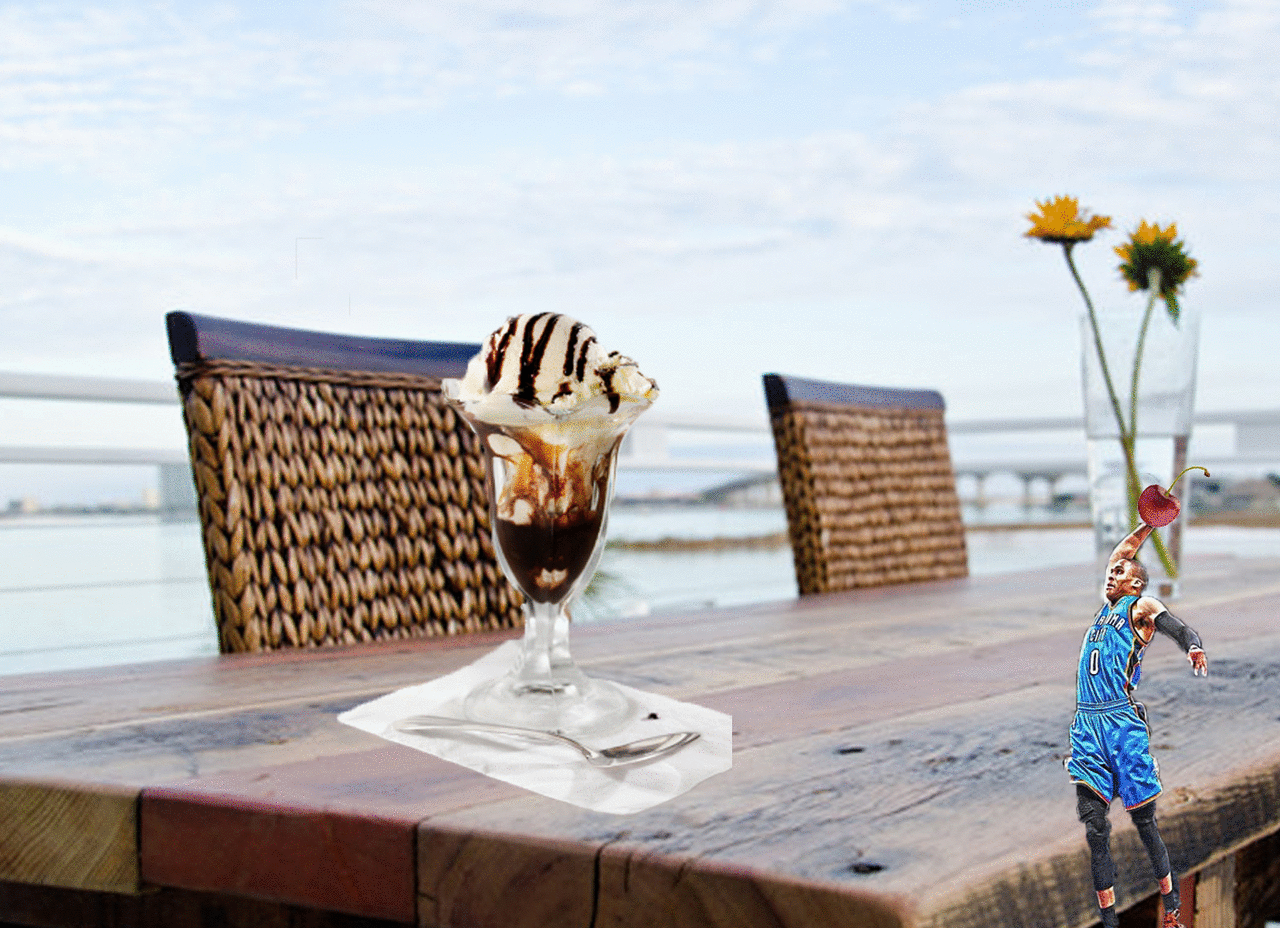



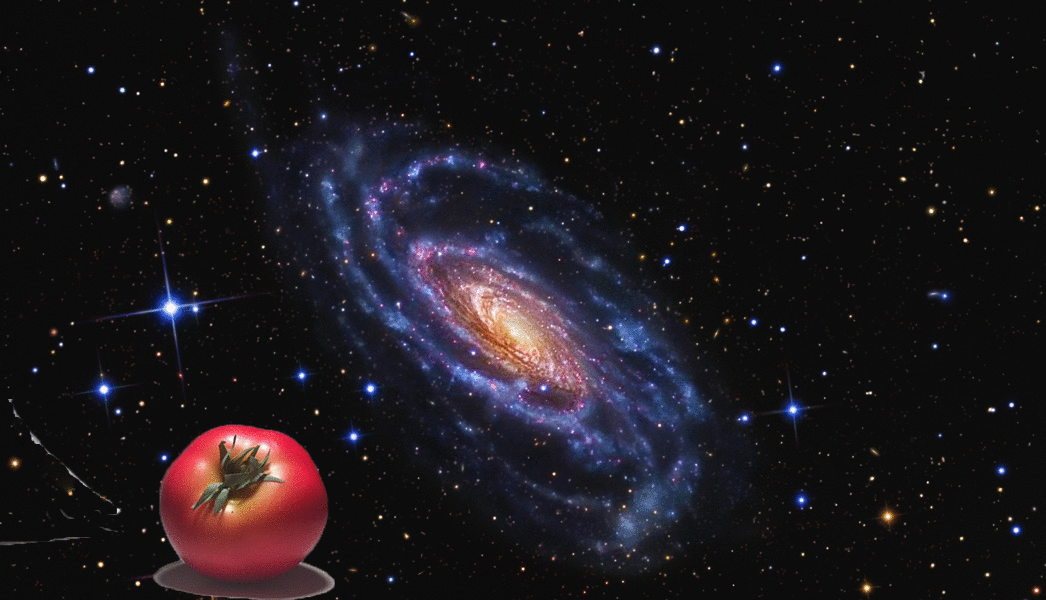


































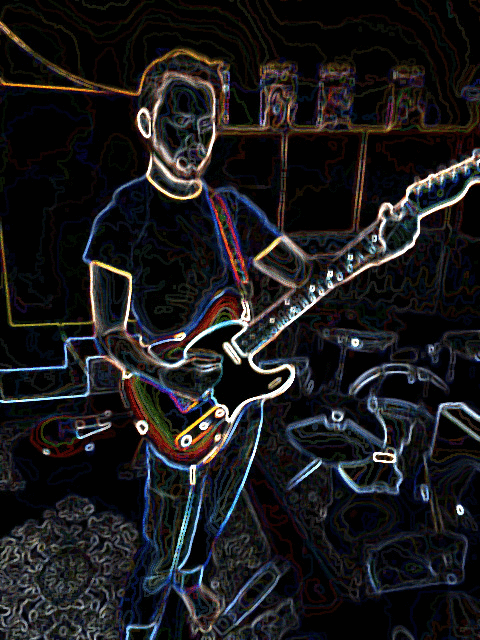

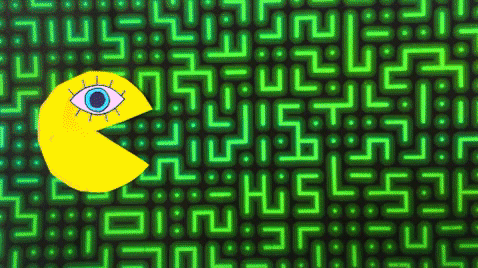
















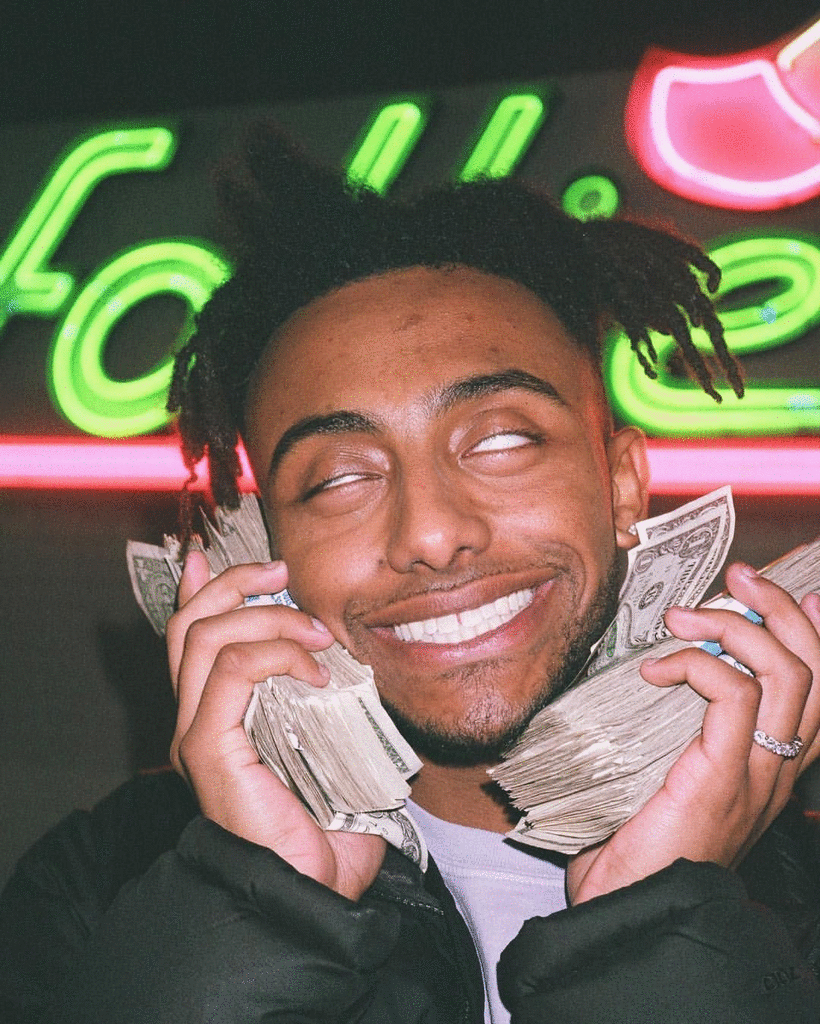












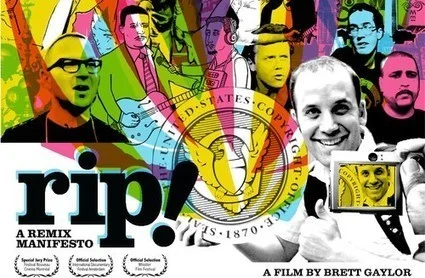

Never Gallery Ready has partnered with the Google Arts and Culture Institute to showcase artworks made by participants since 2007